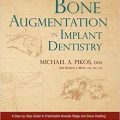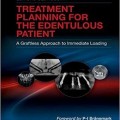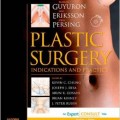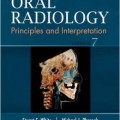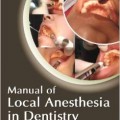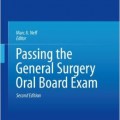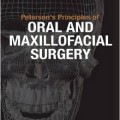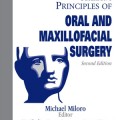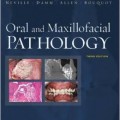دانلود کتاب طراحی جراحی برای بازسازی دندان با ایمپلنت
Surgical Design for Dental Reconstruction with Implants, 1ed
This book presents a novel strategy to improve the outcome of maxillofacial reconstruction by combining evolving principles of neurophysiology and tissue engineering with an integrated surgical and laboratory technique. The objective of this book is to bridge the gap between the routine practice of maxillofacial surgery and theoretical laboratory science. The early chapters set down clear, specific treatment-planning principles that should be considered in every surgical design to optimize healing. Subsequent chapters detail the laboratory and surgical techniques that make precise skeletal movements predictable. This methodology is validated with comprehensively illustrated clinical examples, including long-term follow-up. This integrated approach to reconstructive therapy offers the potential to solve clinical problems that are known to be resistant to conventional treatments. Guided by this book, the reader will be able to exploit emerging biotechnical discoveries to establish a working model that can be applied to real problems affecting real patients.
The purpose of this book is to demonstrate a strategy to improve the outcome of oral and maxillofacial reconstruction by combining evolving principles of neurophysiology and tissue engineering with an integrated surgical and laboratory technique. This book should be of special interest to surgical clinicians and orthodontists. The surgical principles presented in the forthcoming chapters are equally applicable to the dental implant surgeon, maxillofacial surgeon, and craniofacial surgeon.
Current surgical texts present solutions to clinical problems in terms of anatomical manipulation. Normalizing the appearance of a deformity becomes a vehicle to establish function. Many thoughtful observers, however, have recognized that the relationship between form and function is more complicated than just an anatomical structure. Wolff1 frst identifed the relationship between form and function and suggested that some mechanism promotes anatomical units to form in response to demands placed on them. Moss2 proposed the functional matrix theory, which noted the dependence of skeletal development on the investing soft tissue. Harvold3 attempted to defne parameters that, if met, would result in successful facial skeletal formation.
Contents
Chapter 1: Introduction to Surgical Design Using Embryologic Processes
Chapter 2: Establishing and Maintaining Osseointegration Within the Functional Matrix
Chapter 3: Engineering Environments for Simultaneous Bone Growth and Osseointegration
Chapter 4: Using Bone Morphogenetic Protein to Generate Bone
Chapter 5: Using Developing Teeth to Generate Bone
Chapter 6: Using Osteotomiesto Generate Bonein Defects of Local Origin
Chapter 7: Using Osteotomiesto Generate Bonein Patients with Systemic Disorders
Chapter 8: Bone-Forming Constructs for Major Skeletal Reconstruction
Chapter 9: Controlling the Accuracy of Osteotomy Fragment Repositioning
Chapter 10: Comparing Mechanical and Virtual Surgical Planning
Chapter 11: Design and Surgical Techniquein Detail: A Clinical Demonstration
لینک کوتاه : https://bookbaz.ir/?p=78117
نویسنده : Martin Chin
ناشر : Quintessence Pub Co; 1 edition
سال انتشار : 2016
زبان کتاب : انگلیسی
نوع فایل : PDF
تعداد صفحات : 258
(ISBN) شابک : 0867156848
قیمت کتاب درآمازون : $172.00
حجم فایل : 31 MB












